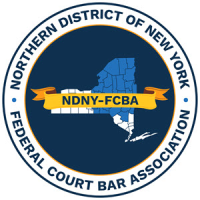What constitutes excessive force during an arrest?
Most people instinctively want to avoid physical restraints. And, unfortunately, their instinctual response to an officer trying to place them in a police cruiser or put restraints around their wrists could potentially worsen the situation.
Many police officers anticipate that the people they arrest may resist to some degree and usually maintain a firm grip on the person. In some cases, police officers may need to use physical force to subdue someone and arrest them. Unfortunately, sometimes they may use an inappropriate amount of force and injure someone. Allegations of police brutality or excessive force could lead to a lawsuit against municipal authorities, potentially including the police department.
What constitutes excessive force during an arrest?
Officers must make snap judgments about their safety and the risk to the public. Every time police officers decide to arrest someone, they must evaluate the situation to determine the likely degree of risk involved.
Police officers should attempt to resolve situations with the least amount of force possible. In fact, the use of physical force should be the last resort when taking someone into custody. New York lawmakers have attempted to clarify rules on excessive force and police accountability in recent years, but the issue is far from settled.
Those attempting to take legal action based on allegations of excessive police force typically need to establish that the officer’s conduct was unreasonable given the circumstances. If other people would agree that the officer used too much force given the situation, there may be reason to pursue a lawsuit.
Taking legal action to enforce one’s civil rights can lead to financial compensation for the person affected and hopefully changes to law enforcement practices.








